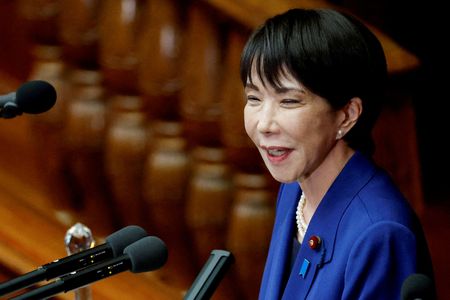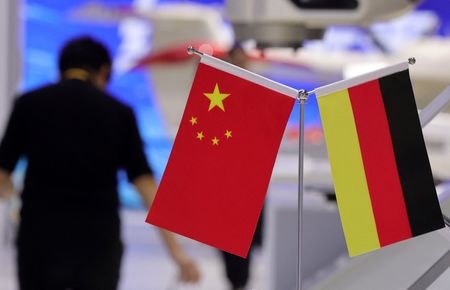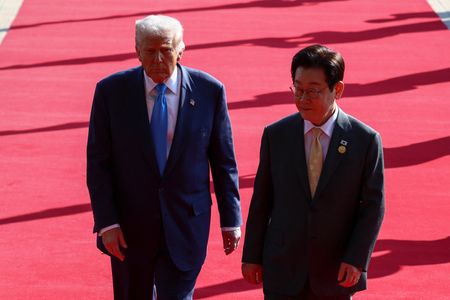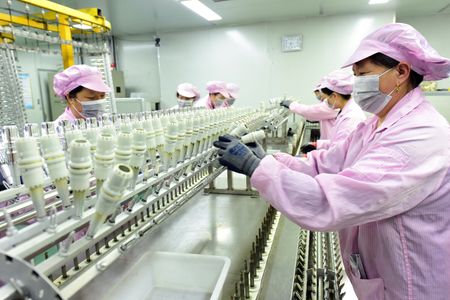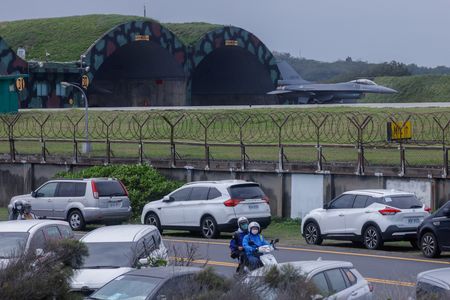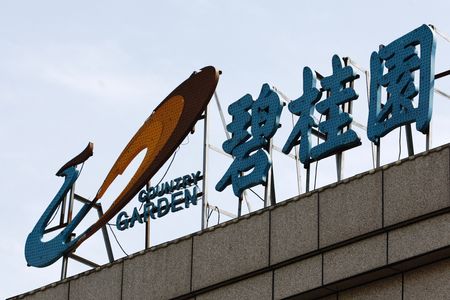By Leika Kihara
TOKYO (Reuters) -As Japanese authorities once again battle a slide in the yen, their efforts this time are struggling for traction, undermined by new prime minister Sanae Takaichi’s promotion of advocates of big fiscal and monetary stimulus to key posts.
While Tokyo officials this week warned against sharp downward moves in the currency, maintaining the jawboning of previous administrations, their voices are increasingly competing with calls by new policy advisers preaching the benefits of a weak yen.
A proponent of expansionary fiscal and monetary policy, Takaichi filled seats in key government panels with advocates of big spending backed by low interest rates – policies that work to depreciate the yen’s value.
For one, Takuji Aida, an economist who joined a panel on the government’s growth strategy, stressed the benefits of a weak yen such as easing the blow to manufacturers from U.S. tariffs.
The reflationists’ sanguine view on the weak yen contrasts with the concerns of previous administrations, who primarily focused on cost of living pressures caused by the currency’s impact on imported inflation.
“The Takaichi administration hasn’t escalated its warning, which suggests it is tolerating a weak yen,” said Masafumi Yamamoto, chief currency strategist at Mizuho Securities.
“Given the administration doesn’t seem to prioritise combatting a weak yen, it would take a slide below 155 per dollar for it to escalate verbal warnings and a fall below 160 to contemplate direct intervention in the market,” he said.
To be sure, Finance Minister Satsuki Katayama warned on Wednesday that authorities were vigilant to “one-sided, sharp moves” in the exchange-rate market, adding the negative aspects of a weak yen have become more pronounced than the positives.
But the remarks failed to prop up the yen as they were short of more direct threats of currency intervention, such as that authorities were ready to take “decisive action.”
Underscoring a lack of consensus within the administration, economic revitalisation minister, Minoru Kiuchi, said last month the weak yen had benefits to growth. On Tuesday, he said the boost to import costs from a weak yen was fading.
Such views have also helped fuel market expectations the Bank of Japan will be forced to go slow in raising interest rates, pushing the yen to a record low against the euro and a nine-month trough versus the U.S. dollar.
The dollar has risen about 5% against the yen since Takaichi won the ruling party’s leadership race on October 4. It stood around 154.50 yen on Friday, after breaking a key milestone of 155 earlier this week.
INTERVENTION HURDLE HIGH
Japan last intervened in the currency market in July 2024 when the yen fell to a 38-year low of around 161.96 to the dollar. The BOJ also raised interest rates to 0.25% that month, causing the yen to strengthen to around 150 per dollar.
Such concerted action highlighted the concern then-premier Fumio Kishida had about a weak yen.
By contrast, Takaichi and her reflationist aides are fans of “Abenomics,” a mix of big spending and bold monetary easing deployed in 2013. The policies helped reverse sharp yen rises blamed for prolonging deflation and economic stagnation.
Now, a weak yen has become a pain point for an economy that relies heavily on fuel and food imports. Yen declines have kept inflation above the BOJ’s 2% target for well over three years, causing grumblings from households hit by rising living costs.
Mindful of broadening inflationary pressures, BOJ Governor Kazuo Ueda signaled the chance of a hike as soon as next month.
But Takaichi and her finance minister both made clear their displeasure over a near-term rate hike, saying Japan has yet to see inflation durably achieve the BOJ’s target.
Almost a year since its last rate hike in January, investors have taken comfort in selling yen on prospects the BOJ is unlikely to hike steadily at a set pace.
“There’s a higher chance than initially thought that Takaichi’s administration would favour reflationary policies,” said Ryutaro Kono, chief Japan economist at BNP Paribas.
“Given the administration’s policy stance as suggested by the recent personnel appointments, it’s hard to project the BOJ accelerating its pace of rate hikes,” said Kono, who now expects the bank to hike twice next year instead of three times.
If BOJ rate hikes were put on hold, the only remaining tool to counter yen falls would be currency intervention.
But getting consent from Washington may be tough as U.S. Treasury Secretary Scott Bessent has repeatedly signaled that rate hikes are the best way to prop up the yen.
Former BOJ official Toru Sasaki expects Japan to hold off intervening unless the yen falls below 165 to the dollar.
“Conducting yen-buying intervention at a time Japan’s real interest rates remain deeply negative would be wasting foreign reserves.”
(Reporting by Leika Kihara, additional reporting by Yoshifumi Takemoto, Tamiyuki Kihara and Makiko Yamazaki; Editing by Sam Holmes)

